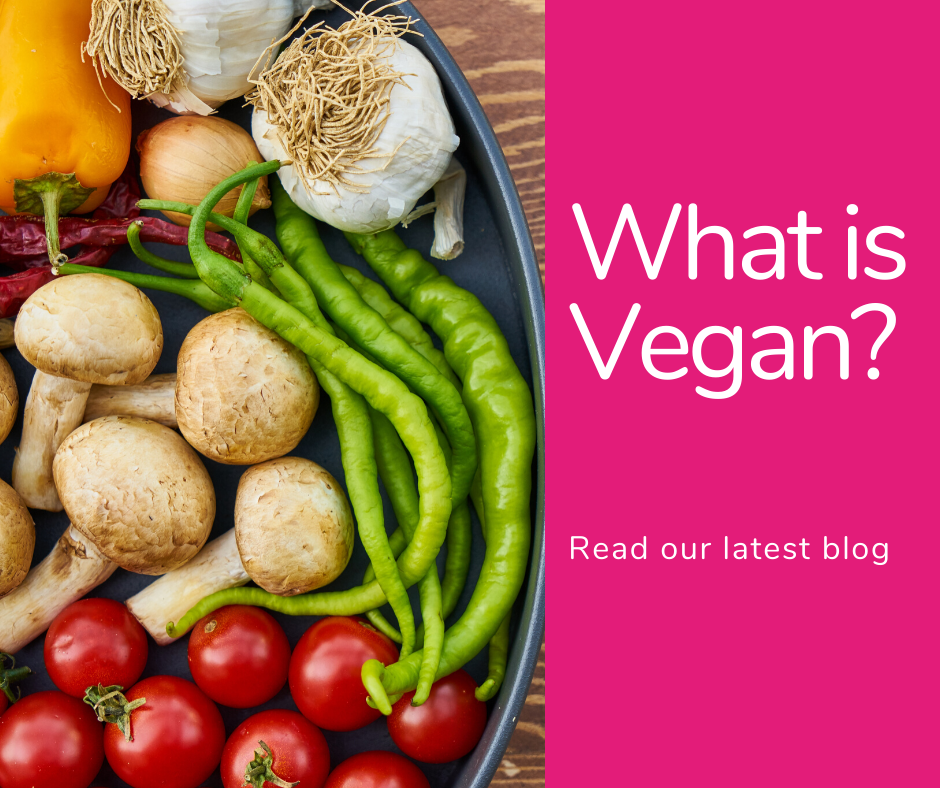Latest Weight Loss Trends 2020

It's only been three months since we celebrated the holidays. Gyms, sports clubs, yoga classes, and other fitness centers are being packed by people wanting to shed off their fats from the recent holidays. It's the time of the year when people try to lose weight. There are more and more weight loss trends coming out each year. Check out the latest trends today and find out if what they claim is true.
Volumetric Diet - This is a very simple diet. Created by Barbara Rolls, Ph.D., who is a well-known researcher and professor of nutrition at Penn State University, the strategy is to eat foods that provide the most amount of nutrition for the least amount of calories. The plan focuses on the energy density of foods.
Foods you can eat:
- Fresh fruits
- Fresh or frozen vegetables
- Beans and legumes
- Whole grains
- Fiber-rich breakfast cereals
- Low-fat fish
- Poultry without skin.
- Lean meats
- Minimal added sugars
- Water
Keto Diet - Also known as Ketogenic Diet, this plan has been gaining a lot of buzzes recently. It is a diet high in fats, but very low in carbohydrates. Low carbs in your diet, make your body turn into a ketosis state. During ketosis, the body becomes better at turning fat into energy. Once you reach ketosis, most cells will use ketone bodies to generate energy until we start eating carbohydrates again.
A ketogenic diet also has been shown to improve blood sugar control for patients with type 2 diabetes, at least in the short term.
When following a Keto diet, you must consume keto-friendly fat (60-80%) and very carbohydrates 20-30 grams per day.
Foods not allowed on Keto diet:
- Bread
- Rice
- Pasta
- Fruit
- Corn
- Potatoes
- Beans
- Baked goods
- Sweets
- Juice
- Beer
- Most sugars and starches
Raw Food - Similar to Veganism, the Raw Food diet is also plant-based, completely raw and unprocessed foods. This diet plan has been around since the 1800s and now it's making a comeback. The idea is that heating food destroys its nutrients and natural enzymes. To follow the raw food diet, make sure at least 75% of the food you eat is raw.
Foods you can eat:
- Fresh fruits
- Raw vegetables
- Raw nuts and seeds
- Raw grains and legumes, sprouted or soaked
- Dried fruits and meats
- Nut milk
- Raw nut butter
- Cold-pressed olive and coconut oils
- Fermented foods like kimchi and sauerkraut
- Seaweed
- Sprouts
- Raw eggs or dairy, if desired
- Raw meat or fish, if desired
Probiotic-Rich - Probiotics are live bacteria and yeasts that are good for you, especially your digestive system. Probiotics are often called "good" or "helpful" bacteria because they help keep your gut healthy. They help by aiding in the release of the hormone GLP-1. This is a hormone that can help our bodies burn calories and fat, as well as reduce our appetites.
Foods you can eat:
- Yogurt
- Kefir
- Sauerkraut
- Tempeh
- Kimchi
- Miso
- Kombucha
- Pickles
- Traditional Buttermilk
- Natto
- Some Types of Cheese
Intermittent Fasting - This is one of the easiest and simplest plan to follow and one of the most popular health and fitness trends currently. Intermittent fasting is great for any lifestyle. Fasting helps regulate insulin which is the hormone correlated with weight gain and fat storage. Start with a 12 hour fast (overnight) and increase it over time to 14, 16 and even 20 hours.
These are the most popular methods:
- The 16/8 method: Skipping breakfast and restricting your daily eating period to 8 hours, such as 1–9 p.m. Then you fast for 16 hours in between.
- Eat-Stop-Eat: Fasting for 24 hours, once or twice a week, for example by not eating from dinner one day until dinner the next day.
- The 5:2 diet: Consume only 500–600 calories on two non-consecutive days of the week, but eat normally the other 5 days.
sources: Forbes.com, Healthline.com



